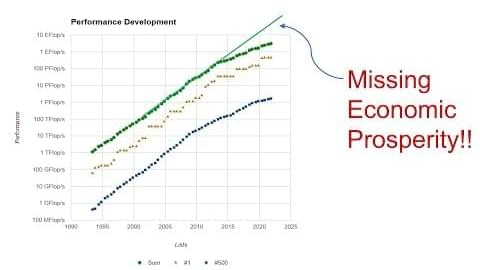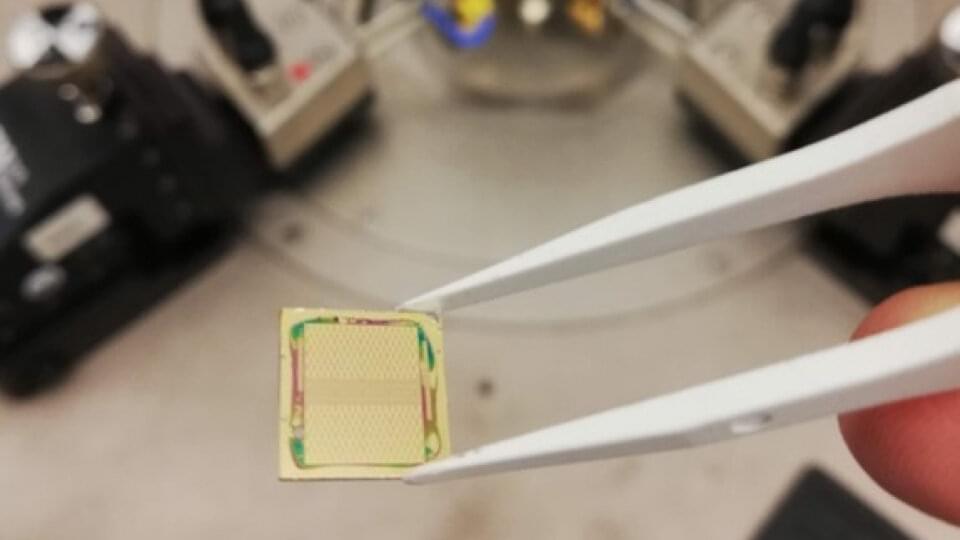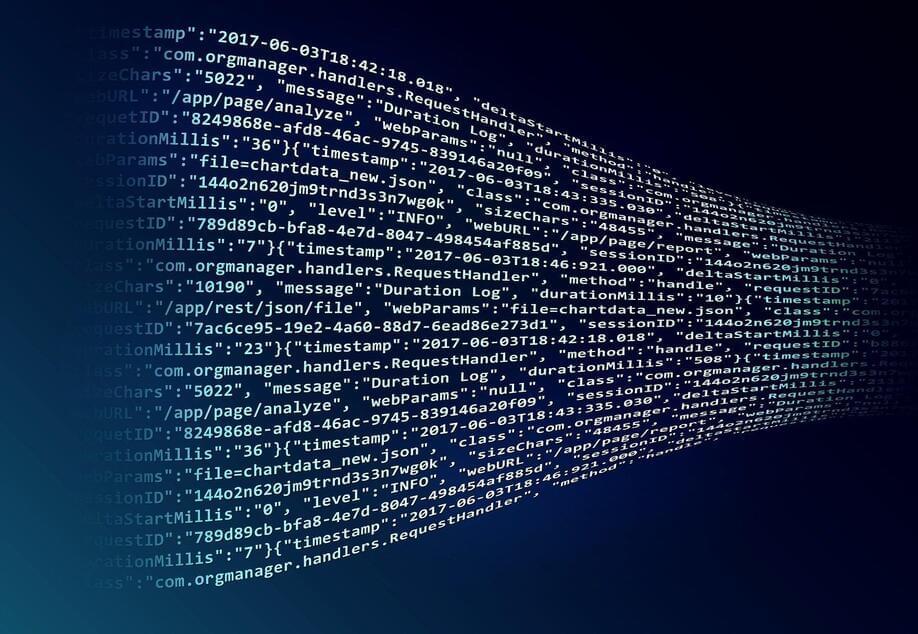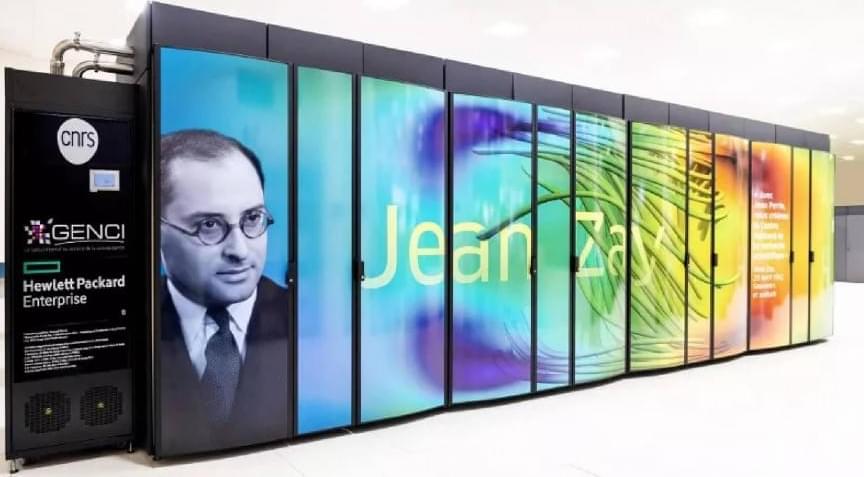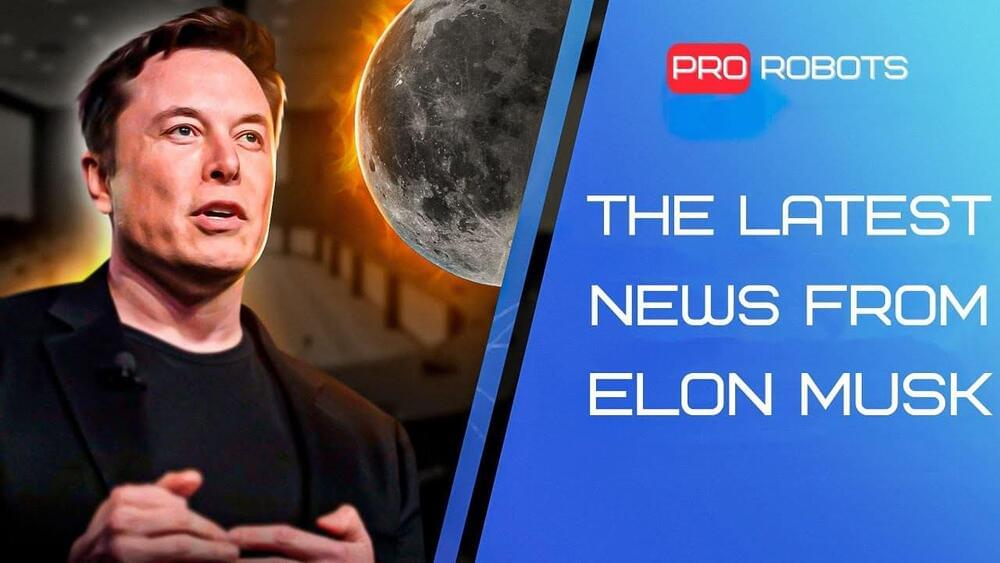Jan 17, 2022
New Silicon Carbide Qubits Bring Us One Step Closer to Quantum Networks
Posted by Genevieve Klien in categories: quantum physics, supercomputing
Chromium defects in silicon carbide may provide a new platform for quantum information.
Quantum computers may be able to solve science problems that are impossible for today’s fastest conventional supercomputers. Quantum sensors may be able to measure signals that cannot be measured by today’s most sensitive sensors. Quantum bits (qubits) are the building blocks for these devices. Scientists are investigating several quantum systems for quantum computing and sensing applications. One system, spin qubits, is based on the control of the orientation of an electron’s spin at the sites of defects in the semiconductor materials that make up qubits. Defects can include small amounts of materials that are different from the main material a semiconductor is made of. Researchers recently demonstrated how to make high quality spin qubits based on chromium defects in silicon carbide.
